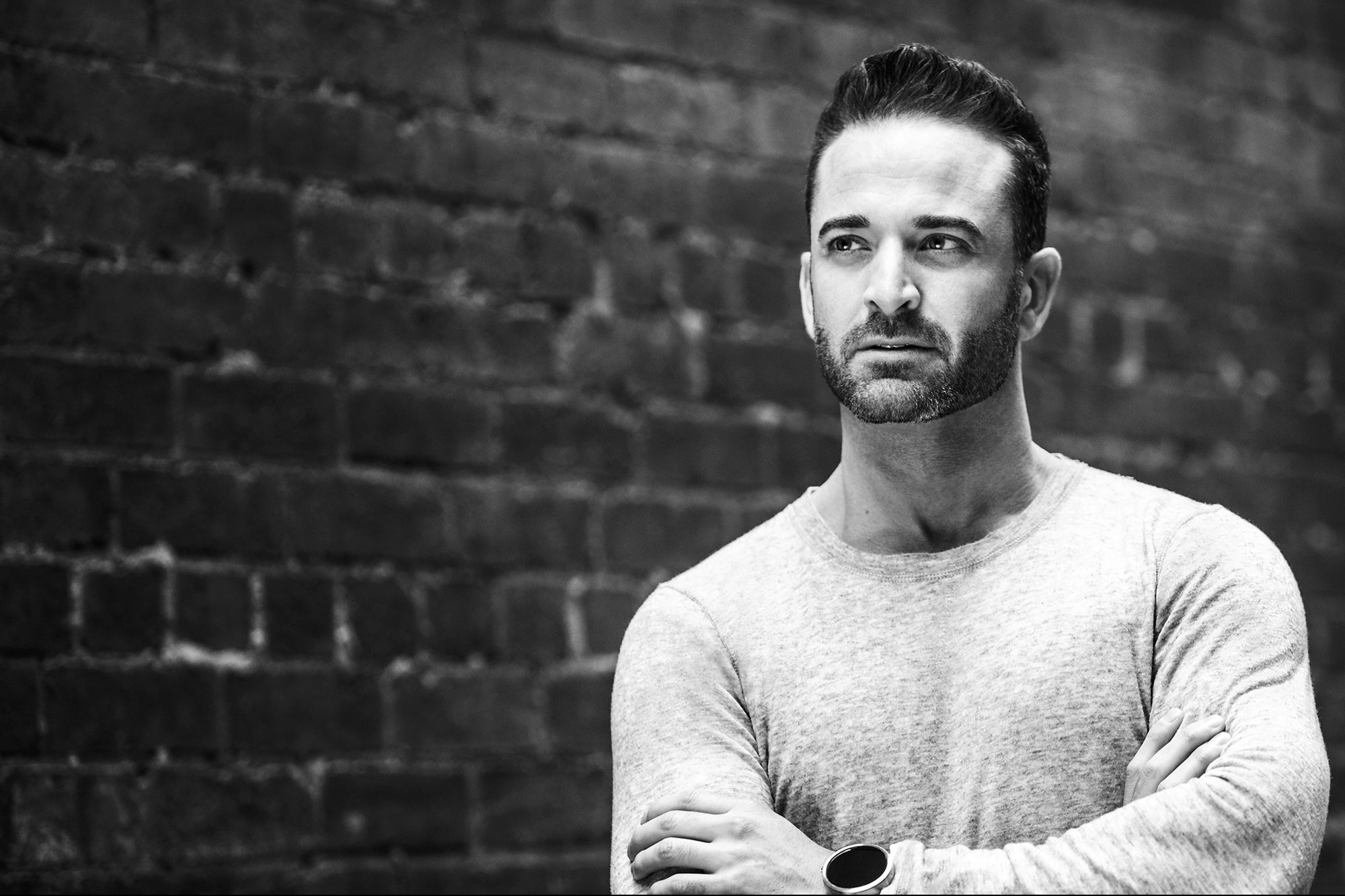3 Hard Truths About Leadership Team Dynamics Leaders who are responsible for keeping a team moving smoothly don't always get along themselves.
By Curt Cronin Edited by Dan Bova
Opinions expressed by BIZ Experiences contributors are their own.

Great companies maintain an image of unity and strength, even when the executive team doesn't always see eye to eye. That's easier said than done, though.
Executives and leaders, at the end of the day, are still just people -- people who make a lot of important decisions, of course, but who also often have wildly different ideas of what defines and drives success. Founders who want to keep their companies on the right track need to understand what drives the individuals who make up their executive team and, despite varying perspectives and opinions, determine how best to keep them all in the boat and rowing in the same direction.
Use these methods to keep managers, executives and key stakeholders pulling in the same direction:
1. Get to know one another.
Jeffrey Hall, a researcher from the University of Kansas, published a study in 2018 about how many hours it takes to make a friend. According to Hall, people become casual friends after around 50 hours of interaction. Close friendship starts at around 200 hours. To be clear, time spent brainstorming and arguing at conference tables doesn't count in the pursuit of closer relationships.
While leaders don't need to reach godparent-of-children status, they do need to learn to trust one another. In our experience at Ridgeline Partners, team-building exercises can certainly go a long way toward building that trust and creating more empathetic, relatable leaders. Of course, starting the process doesn't necessarily require a larger team-building exercise.
There are plenty of opportunities to drive community amongst your executive team: Establish cadence meetings with clear objectives, as well as space for out-of-the-box idea exchanges. Establish cross-functional teams to widen your teammates' breadth of perspective and generate more creative solutions. You could even host a periodic casual gathering, where conversation isn't set on work-related topics. Building connections outside work can make work itself easier.
Related: How BIZ Experiencess Create Connection in the Age of Isolation
2. Seek diverse perspectives.
The narrative that diversity drives concrete business goals isn't new. McKinsey's research has found diversity to be a positive influence on business results for years, and its 2018 study reinforces those findings. Companies with diverse leadership teams -- diverse in terms of ethnicity, sex, background and ways of thinking -- consistently outperform their peers.
Within executive teams, diversity typically leads to greater differences in opinion. That's not a bad thing. When executive teams go through the growing pains of learning to see matters from their colleagues' perspective, they're better able to implement the strategies that make diverse teams so successful.
Unique mixes of backgrounds offer unique challenges. CEOs can't sit on the sidelines and hope their diverse teams work out their differences on their own. Instead, top executives should take an active role in the breakdown of interpersonal barriers. Leading diverse teams can be a challenging process, but CEOs need to navigate the pitfalls to reap the rewards.
Related: 3 Ways It Pays to Create a Diverse Workplace
3. Agree on values and how to implement them.
By definition, teams pursue common goals. If a few team members disagree about the right way to pursue their objective, the group will continue to struggle until a resolution is reached -- by way of agreement, disbandment or, sometimes worse, reluctant compliance.
Values in this context aren't limited to ethics, though those are important, too. Leadership teams must agree on what the company wants to accomplish, how to proceed toward those goals and which sacrifices are (or aren't) acceptable in that pursuit. Members usually don't agree on everything from the start, but once the team sets the path, every member of the executive group must commit to the common values. Mutual respect and better decision-making result from a shared purpose, something most executives can rally around.
Autumn Manning, CEO of YouEarnedIt, argues that strong cultural direction from the top has a trickle-down effect: "It starts with the CEO and the executive team. If there is clear alignment and buy-in there, then it's up to everyone else to drive it and own it."
Related: A Case Study in Why Core Values Are Crucially Important
When faced with a fragmented executive team, uniting them may seem like an impossible mission. It's not. Getting back to basics and remembering that they, too, are human -- with their own set of ideals and challenges -- is a great first step in level-setting. From there, it's about providing a safe space for establishing trust and understanding each other's varying experiences and perspectives so you can come together in support of the greater company values.











